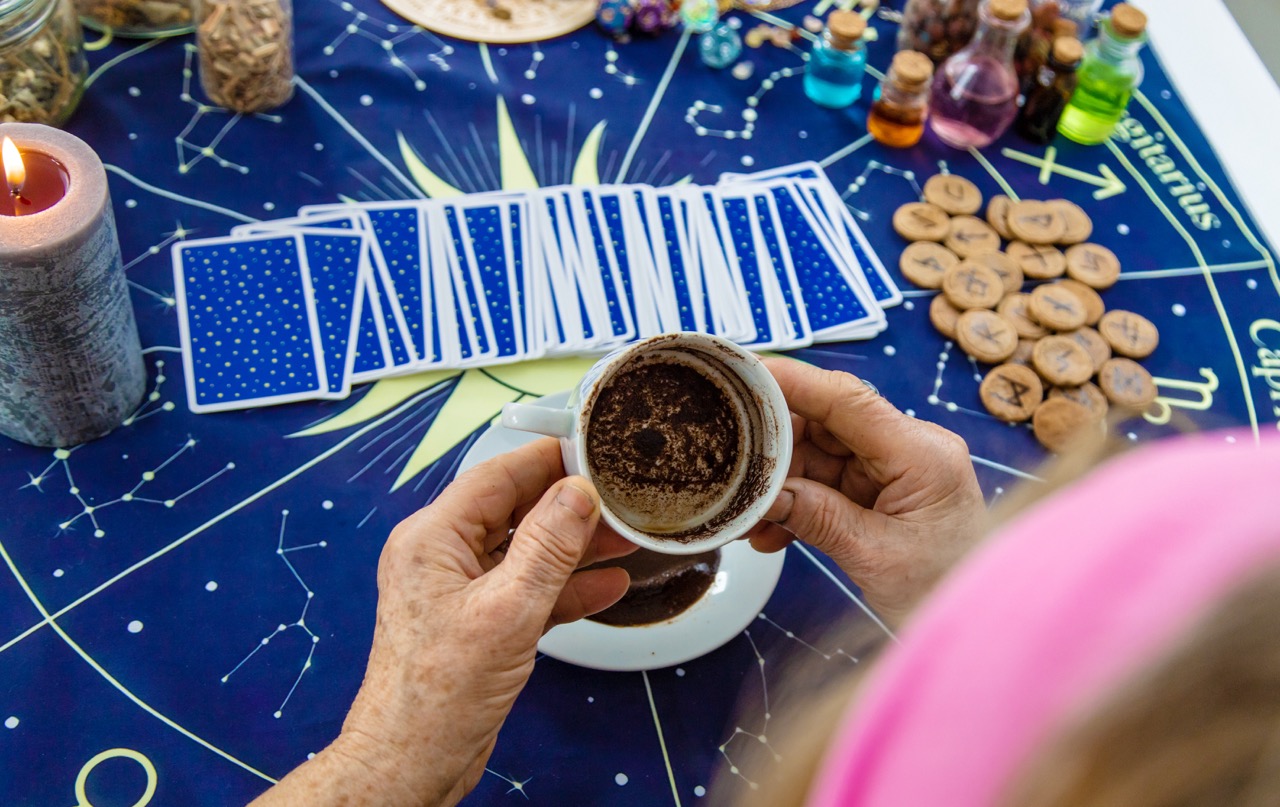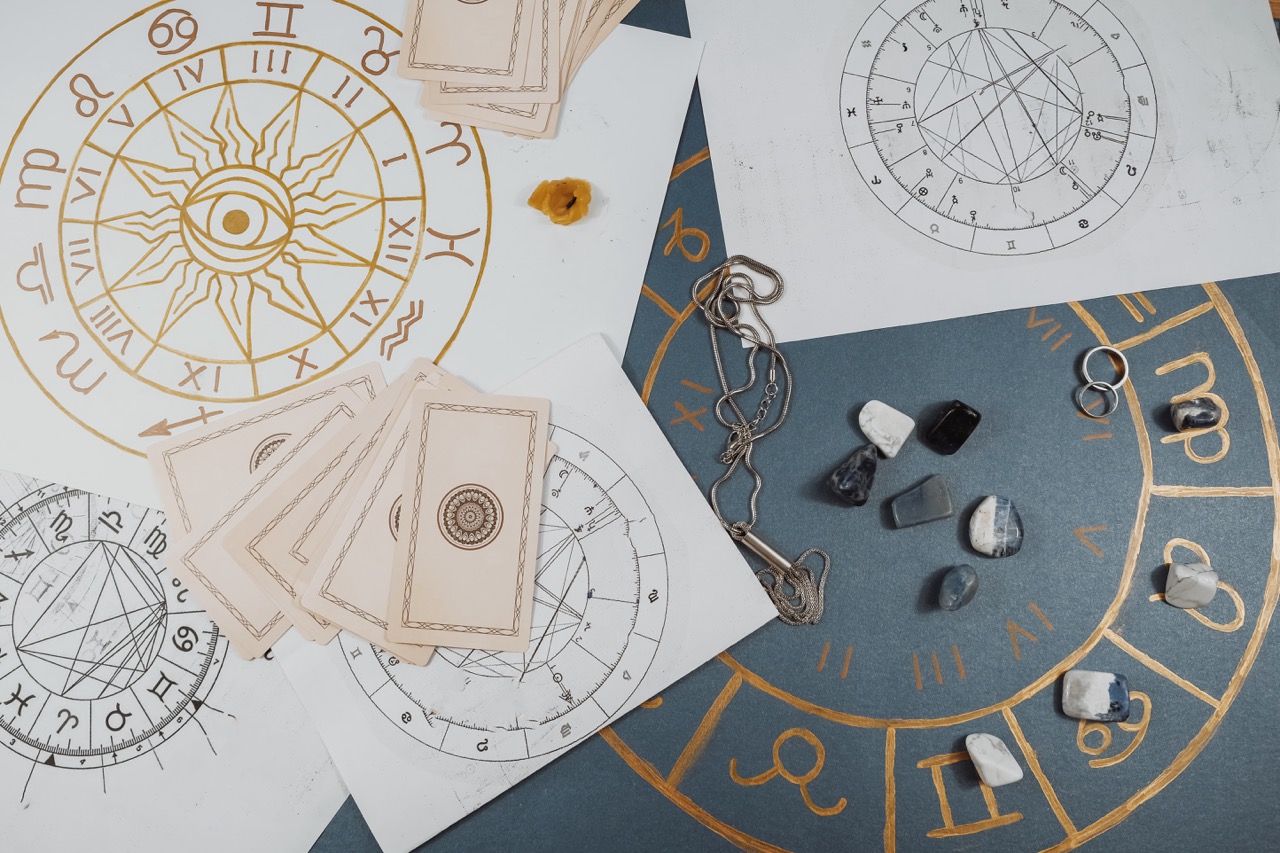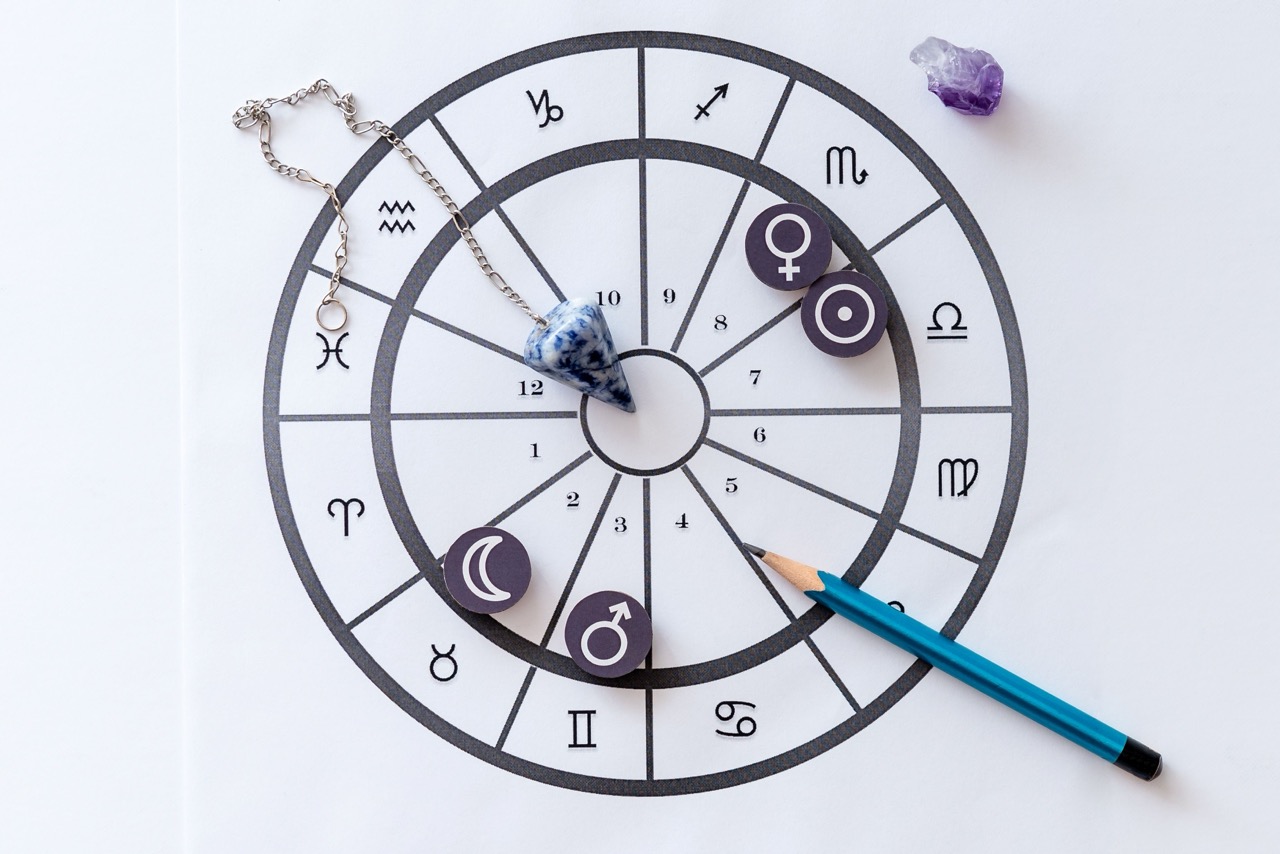In the heart of Turkey, centuries-old traditions continue to thrive, weaving together spirituality, art, and philosophy. Among these traditions, the mesmerizing dance of the Whirling Dervishes stands out as a profound expression of devotion and spiritual awakening. This sacred dance, deeply intertwined with the teachings of the revered Persian poet Rumi, transcends the physical act of spinning, inviting participants and observers alike into a realm of deeper understanding and connection with the divine. As we delve into the world of the Whirling Dervishes and the mystical poetry of Rumi, we embark on a journey that reveals the intricate dance between movement, spirituality, and self-discovery.
Spinning in Sacred Circles: The Dance of Whirling Dervishes
The Whirling Dervishes, known as "Semazens," engage in a unique form of meditation through a ritual dance that symbolizes the spiritual ascent towards perfection. Clad in long, flowing robes, the dancers spin gracefully, their movements creating a visual representation of the cosmic dance of the universe. This act of whirling is more than mere performance; it serves as a means of self-discipline, allowing the dervishes to transcend the material world and connect with the divine. As they spin, they embody the concept of "tawhid," the unity of God, and remind us of the cyclical nature of existence, where every ending holds the promise of a new beginning.
The act of whirling has its roots in the teachings of Rumi, who believed that through movement, one could experience the divine presence. For Rumi, the dance of the dervishes was a spiritual journey, where each turn and each breath brought the practitioner closer to the essence of creation. The Semazen, with arms outstretched, symbolizes a connection between the earth and the heavens, anchoring their feet in the physical realm while reaching towards the divine. This sacred geometry of movement invites participants into a meditative state, where the boundaries of self dissolve, and the individual becomes part of a greater whole—a swirling universe of love and light.
Audiences captivated by the Whirling Dervishes often find themselves entranced by the ethereal quality of the dance. There is a palpable energy in the room, a collective heartbeat resonating with the rhythm of the whirls. The swirling skirts, the elegant movements, and the soft, enchanting music create an atmosphere that transports spectators beyond time and space. In this sacred space, the lines between dancer and observer blur, inviting everyone to partake in the cosmic celebration of life, love, and unity—a testament to the power of art as a spiritual practice.
Rumi’s Rhythms: Unveiling the Mystical Journey Within
Jalal al-Din Rumi, the 13th-century poet and mystic, is perhaps the most celebrated figure associated with the Whirling Dervishes. His poetry speaks of love, longing, and the profound quest for truth. Rumi’s verses resonate with the essence of the whirling dance, portraying it as a path to enlightenment and self-realization. His words echo the sentiments of the dervishes, illuminating the inner journey that unfolds through the external expression of movement. In his works, Rumi emphasizes that the dance is not merely a physical act but a representation of the soul’s yearning to reunite with its divine source.
Rumi’s enchanting verses, often steeped in metaphors of love and beauty, serve as a guiding light for those on the Sufi path. He invites seekers to embrace the transformative power of love, urging them to "dance like no one is watching" and to find joy in the act of surrender. Through love and devotion, Rumi argues, individuals can transcend the ordinary and discover their true selves. The whirling becomes a symbol of this spiritual journey—a dance that celebrates the depths of the human experience while revealing the interconnectedness of all beings.
In Rumi’s poetic universe, the concept of turning becomes a metaphor for the cycles of life—birth, death, and rebirth. His writings encourage us to embrace the journey of transformation and to find meaning within the chaos. As we reflect on Rumi’s wisdom alongside the dancing dervishes, we are reminded that the path to enlightenment is not linear; it is a spiral that invites us into a deeper understanding of ourselves and the world around us. The act of whirling, then, becomes a celebration of this eternal journey, a dance of love that resonates through time, inviting us all to join in the sacred circle of existence.
The Whirling Dervishes and the poetry of Rumi are timeless expressions of a quest for spiritual transcendence. Their dance captures the essence of an ancient tradition that continues to inspire seekers around the globe. As we immerse ourselves in their rhythms and whirls, we are invited to reflect on our own journeys, to embrace the cycles of love, loss, and rebirth that define our existence. In this sacred interplay of movement and verse, we find a reminder that the path to the divine is not a destination but a dance—a beautiful, swirling journey that invites us to open our hearts and feel the pulse of the universe around us.




